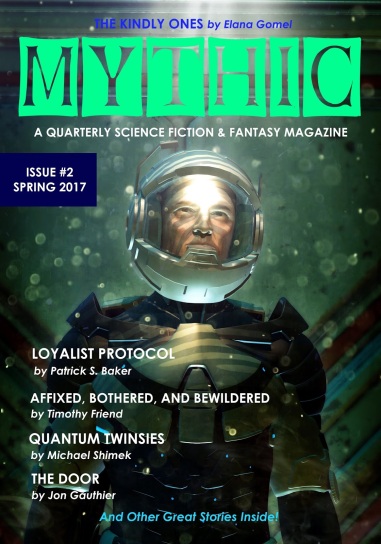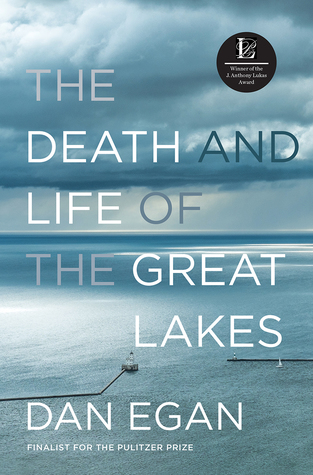This past year was a good one for placing fiction but an even better one for placing book reviews. Find below a list of writing highlights from the past twelve months, with loads of links to free content.

A writing retrospective
Sometimes the work is slow, and in the midst of day-to-day endeavors it feels like not much is getting done. But looking back over the course of the year, it turns out a surprising amount of work does indeed get done, regardless of how it appears on any given morning. And then some of that even gets published. So here, for a moment in the sunset of 2017, I offer a comprehensive look back at what I’ve been doing over the course of the previous year. Four stories were published, including two fantasy pieces in Beneath Ceaseless Skies, and ten book reviews in publications like Black Gate, Strange Horizons, and Grimdark Magazine. And it turns out I accidentally sort of wrote a book, which you can also find below.

Fiction
Another chapter in my “Wizard’s House” series, an epic dark fantasy, British pumpkin soldiers, and hard scifi on first contact and universal dissolution. The first three you can read following the links below; the last is available in the magazine for purchase.
“The Wind’s Departure,” Beneath Ceaseless Skies
“Harvest,” Bracken Magazine issue 4
“Deathspeaker,”Beneath Ceaseless Skies
“Color of the Flame,” MYTHIC Issue 2

Book Reviews
Most of the fiction I read this year found its way into print as book reviews. You can find links to almost all of them below. For the MYTHIC reviews though, you’ll need to purchase the issues if interested.
Strange Horizons
“Wicked Wonders, by Ellen Klages”
“ODY-C: Cycle One, by Matt Fraction and Christian Ward”
Black Gate
“The Man Underneath: the Collected Short Fiction of R. A. Lafferty, vol. 3”
“The Language of the Night, by Ursula LeGuin”
“Howl’s Moving Castle, by Diana Wynne Jones”
“In Calabria, by Peter S. Beagle”
Grimdark Magazine
“Three Books to Get you Stuck into Warhammer 40,000”
MYTHIC
“Press Start to Play, edited by Daniel H. Wilson & John Joseph Adams,” (Summer 2017)
“Federations, edited by John Joseph Adams,” (Spring 2017)
“The Best American Science Fiction and Fantasy, edited by Karen Joy Fowler,” (Spring 2017)

Books
Making Stars Physical will hopefully be a part of next year’s end-year review, and I hope to very, very soon be able to unveil the cover for this forthcoming work. The folks at University of Pittsburgh Press are doing an amazing job with this, and I’m quite excited. In the meantime though I put together a small work for my father for Christmas that chronicled the history of our family in America. Along the way I found a document my grandfather had prepared of his recollections before his death, which I edited and included in the work and which blossomed into a 60-page book. I printed it via Createspace, so if any of my family are reading this update and are interested in a copy, it is available. The cost covers printing alone; it was meant to be a gift, and it includes my grandfather’s unpublished writings, so I will not make any money on the sales.

Books Read:
I hope to get over this soon, but in the meantime I have a compulsion to review every book I read here on my blog. The list below are the books I read and reviewed in 2017 that did not have reviews published elsewhere.
How to Tame a Fox (and Build a Dog)
Imagining the Kingdom: How Worship Works
Lighthouses & Keepers: the U.S. Lighthouse Service and its Legacy
One Summer, America 1927
Beginning to Pray
Alien Phenomenology, or What It’s Like to Be a Thing
Son of Laughter
Dancing Bees: Karl von Frisch and the Discovery of the Honeybee Language
With: Reimagining the Way You Relate to God
The Hidden Life of Trees: What They Feel, How They Communicate
Kindling the Divine Spark
Death and Life of the Great Lakes
Knowledge for Sale: the Neoliberal Takeover of Higher Education
Victoria: the Queen
Praying with Icons
The Marketplace of Ideas: Reform and Resistance in the American University
How Everything Became War and the Military Became Everything
Octopus! The Most Mysterious Creature in the Sea
Good Boy, Achilles!
St. Siluoan the Athonite
The Distracted Mind: Ancient Brains in a High-Tech World
As always, thanks for reading, and here’s to a great 2018!










